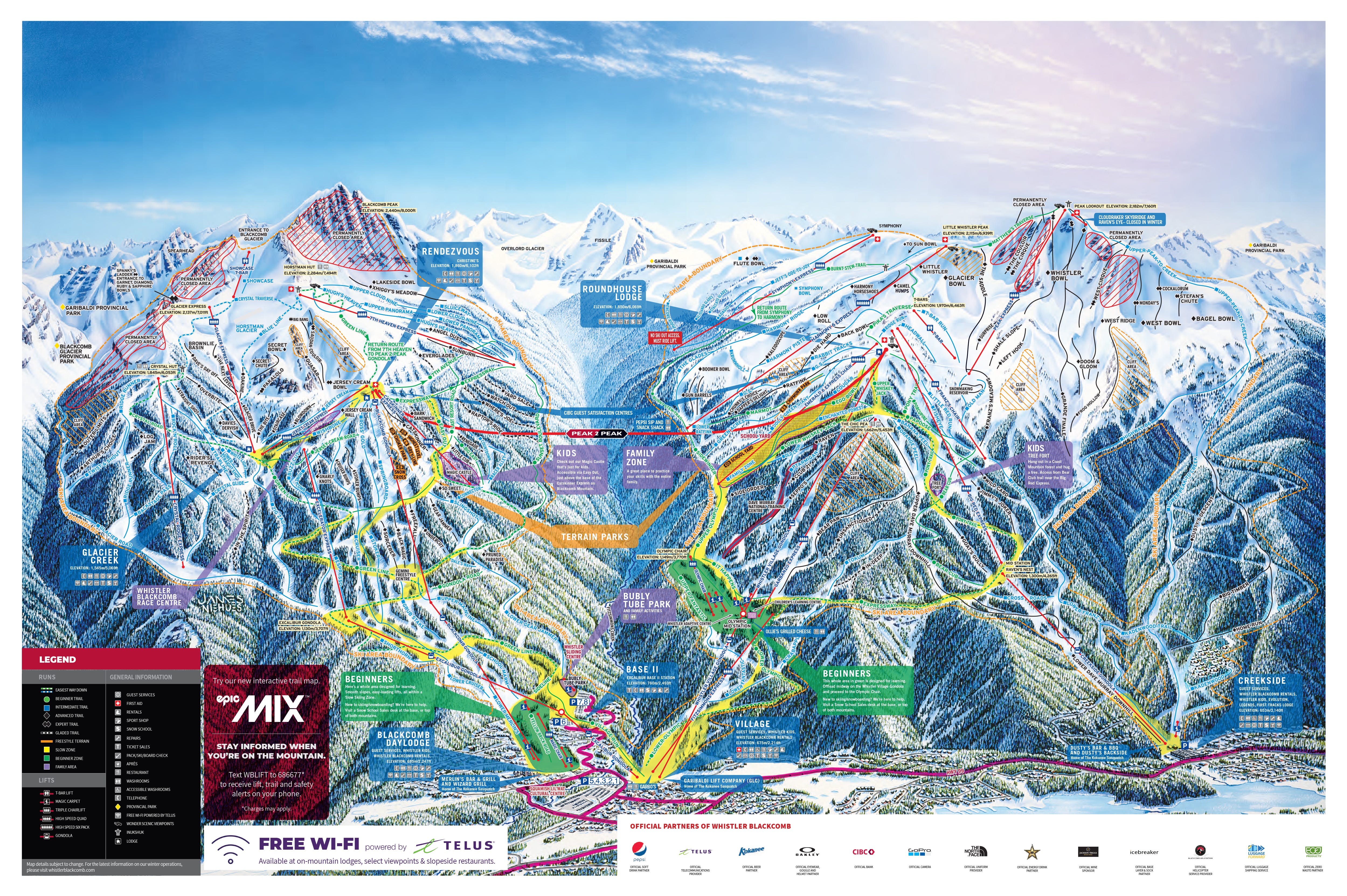Supply Chain Woes Delay Whistler’s Creekside Gondola, Big Red Upgrades
Whistler will need around 35 days to get Creekside live once haul rope arrives
Across North America it’s raining lifts and when you click into Vail Resort’s Epic Lift Upgrades, these are the first two that you see: a 10-passenger upgrade for the cramped six-seater gondola at Creekside; a six-bomber displacing the high-speed quad at Big Red. At most places these 25-ish-year-old lifts would have another two decades but this is Whistler, Man. Whistler. The greatest ski area on the continent and we have to keep them moving. Up and out. Dance at the top of the mountain. The Creekside base can swallow 3,000 cars and the people have nowhere else to go but straight up. Keep. Them. Moving.
In a minute. Whistler confirmed today that construction of both Creekside and Big Red – originally scheduled to open with the resort on Nov. 24 – is delayed. The culprit, according to a blog post signed by Whistler Blackcomb Chief Operating Officer Geoff Buchheister, is that meddling supply chain.
“Doppelmayr, the lift manufacturer for the new Big Red lift and the Creekside Gondola, has informed us that they are experiencing supply chain and shipping issues which has delayed delivery of critical parts, impacting the completion timing of both projects,” Buchheister says. “Unfortunately, this means the lifts will not open in time for the season kick-off.”
Buchheister anticipates that both lifts will come online this season. All parts for Big Red are onsite, he confirmed in an interview with The Storm Skiing Journal on Thursday evening, and that lift should open in early December. Creekside constuction, meanwhile, is held up by a shipping delay of that most basic of parts: the haul rope. Once the more-than-two-mile-long rope – last seen headed north from Stockton, California – arrives onsite, crews will need around 35 days to finish, test, and inspect the lift, Buchheister says.
They’re ready. “I visualize it coming off the truck and somebody grabbing the end and starting to string it on at that moment,” Buchheister said.

The headline lift delays are the latest setbacks in a frustrating offseason for Vail Resorts. In May, Vail locals shut down a 165-bed employee housing project. The next month, four Park City residents halted work on two massive lifts that were to rise at that resort (those lifts are now headed to Whistler for 2023 installation). In July, a Forest Service inspection discovered that Keystone had illegally bulldozed an access road in the process of building their Bergman Bowl six-pack, halting construction on that lift until next year.
That two lifts will come online a few weeks late at their most important ski area is frustrating, but probably the least-bad bad news to hit Vail Resorts in 2022. This is also not a problem that is specific to Vail Resorts, or to skiing. North American ski area operators are installing 66 new or used chairlifts this offseason (compared to 41 last year and 48 in 2019), according to Lift Blog, and many of these projects are finishing later than originally projected. Global supply chain issues have been widespread and well-documented since the onset of Covid in 2020. And Vail Resorts’ remaining 16 chairlifts are on schedule from alpha resorts like Vail Mountain to regional feeders like Jack Frost, Pennsylvania, company representatives confirmed this morning.
Fortunately, we are operating in an era of trauma-adaptation forged in the cauldron of Covid. Successive winters of shutdowns at the British Columbia behemoth have steeled the resort’s management team for crises, and Whistler has moved quickly to reconsider its opening cadence and how to move skiers from Creekside up onto the mountain.
Here’s a bit more about what’s delaying these two lifts, how the mountain is coping with the setback, and how Whistler’s woes compare to other operators installing lifts across North America:


